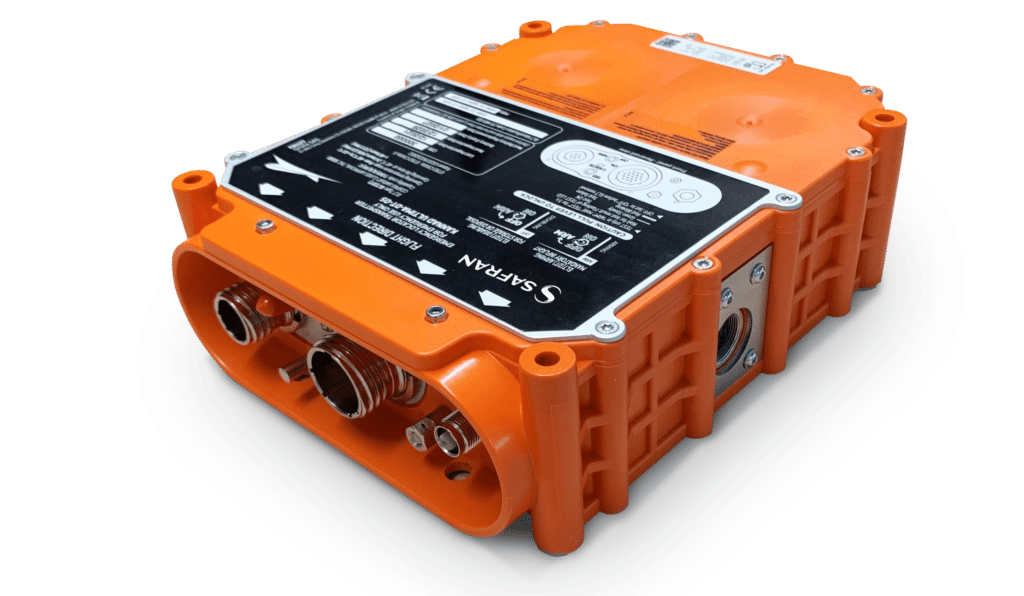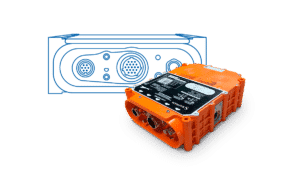Ultima-DT
Fixed Emergency Locator Transmitter
Ultima-DT is a fixed Emergency Locator Transmitter – Distress Tracking type, designed to meet the ICAO GADSS ADT requirement which will be applicable in January 2023. Adaptable to any commercial aircraft, its trigger-in-flight capability detects imminent distress situations and automatically sends a secure 406 MHz distress signal including the accurate aircraft position.
ADVANTAGES
-
Accurate location
-
Non-rechargeable lithium battery
-
Compliant with the ADT regulation
-
Trigger in-flight capability
NEWS
LEARN MORE
REQUEST A QUOTE
FEATURES
- Compliant with the ADT regulation
- Trigger in-flight capability
- Non-rechargeable lithium ion battery
SPECS
- Crash Survivable ELT
- Rugged design
- 406 MHz Class 1 (-40°C; +55°C)
- 121.5 MHz homing signal with 48 hours operating time
- Triggering logic, including:
- Trigger-in-Flight ARINC429 inputs from ADT module designed and supplied by the aircraft manufacturer
- Manual activation from Cockpit or front panel
- Activation on loss of ARINC429 interfaces
- GNSS receiver compatible with Ground Activation from Galileo Command Service
- 406 MHz distress signal (according to C/S T.001)
- T.First Generation Beacon
- U.ELT-DT protocol
- Autonomous location
- GPS, Galileo L1/E1 Band as main location source
- ARINC429 input as backup
- Autonomous power
- Aircraft powered for non-essential functions
- Distress functions powered by internal battery
- DO227A Compliant
- 5-year battery life
- Low Size, Weight & Power
- • L x W x H : 210 x 166 x 62 mm
- Solid Mount (no bracket needed): 4 Screws
- Weight: <1.6kg
- Antenna
- Single connector, high speed antenna providing:
- 406 MHz and 121.5 MHz transmission
- GNSS L1/E1 reception
- Single connector, high speed antenna providing:
- Approvals
- TSO-C126c/ETSO-C126c
- ED62B/DO204B: Class 1, ELT(DT) – Crash survivability type
- DO-178c, DO254
- DO227A, TSO-C142b/ ETSO-C142b
- Cospas Sarsat C/S T.001
Ultima DT
Aircraft Emergency Locator Transmitters




